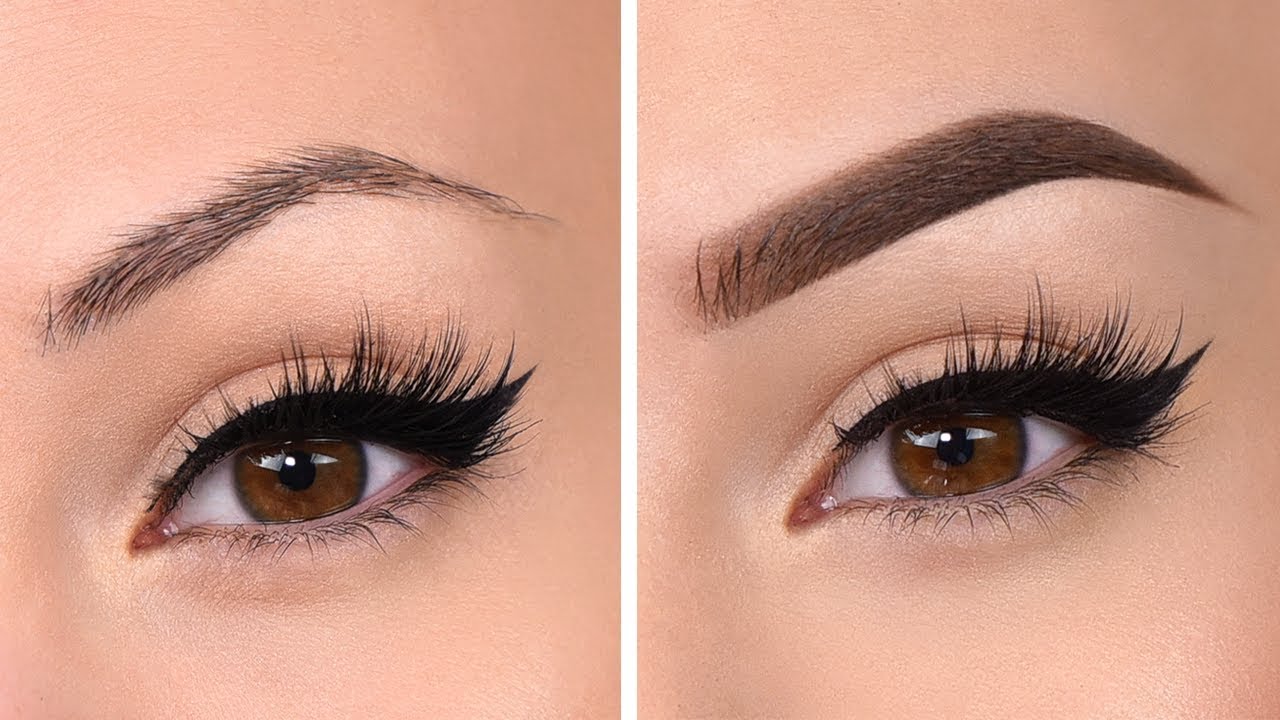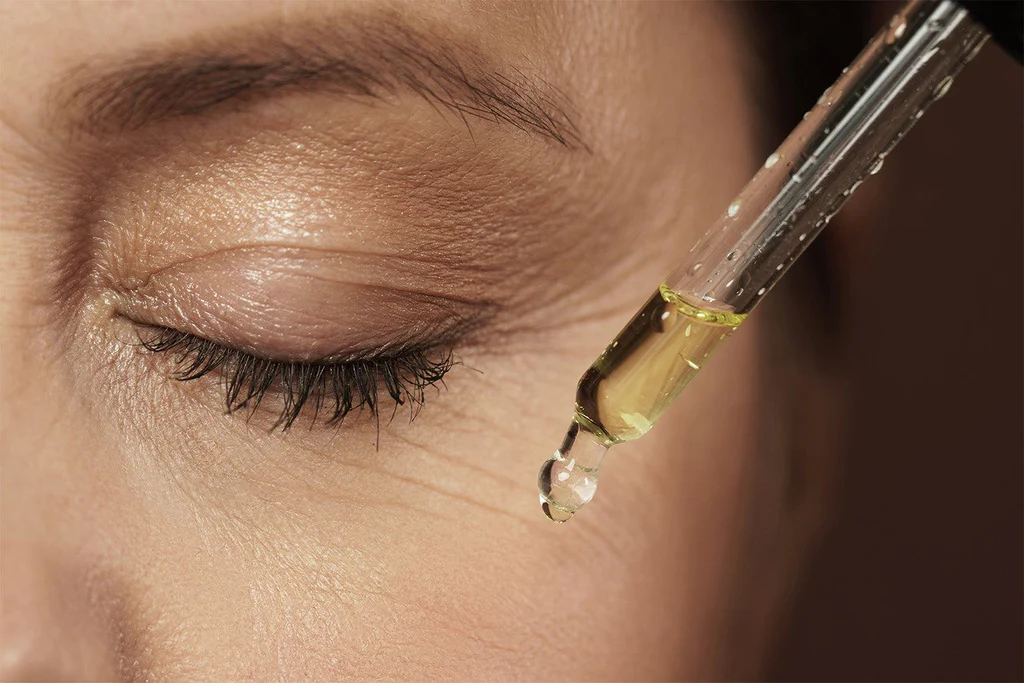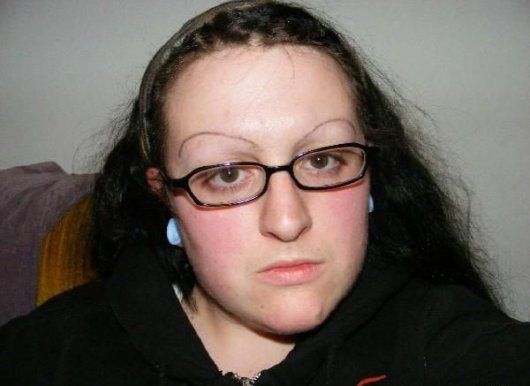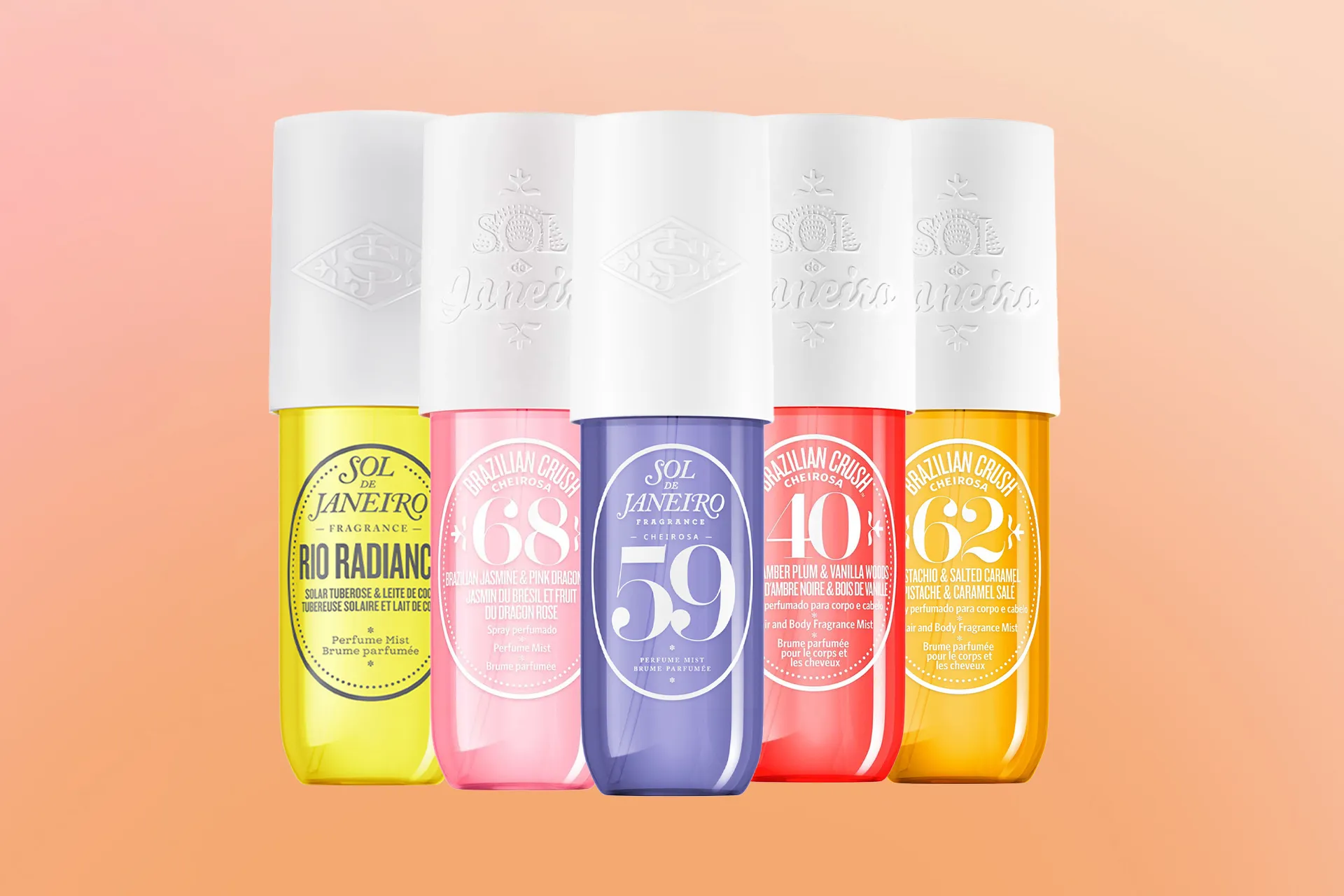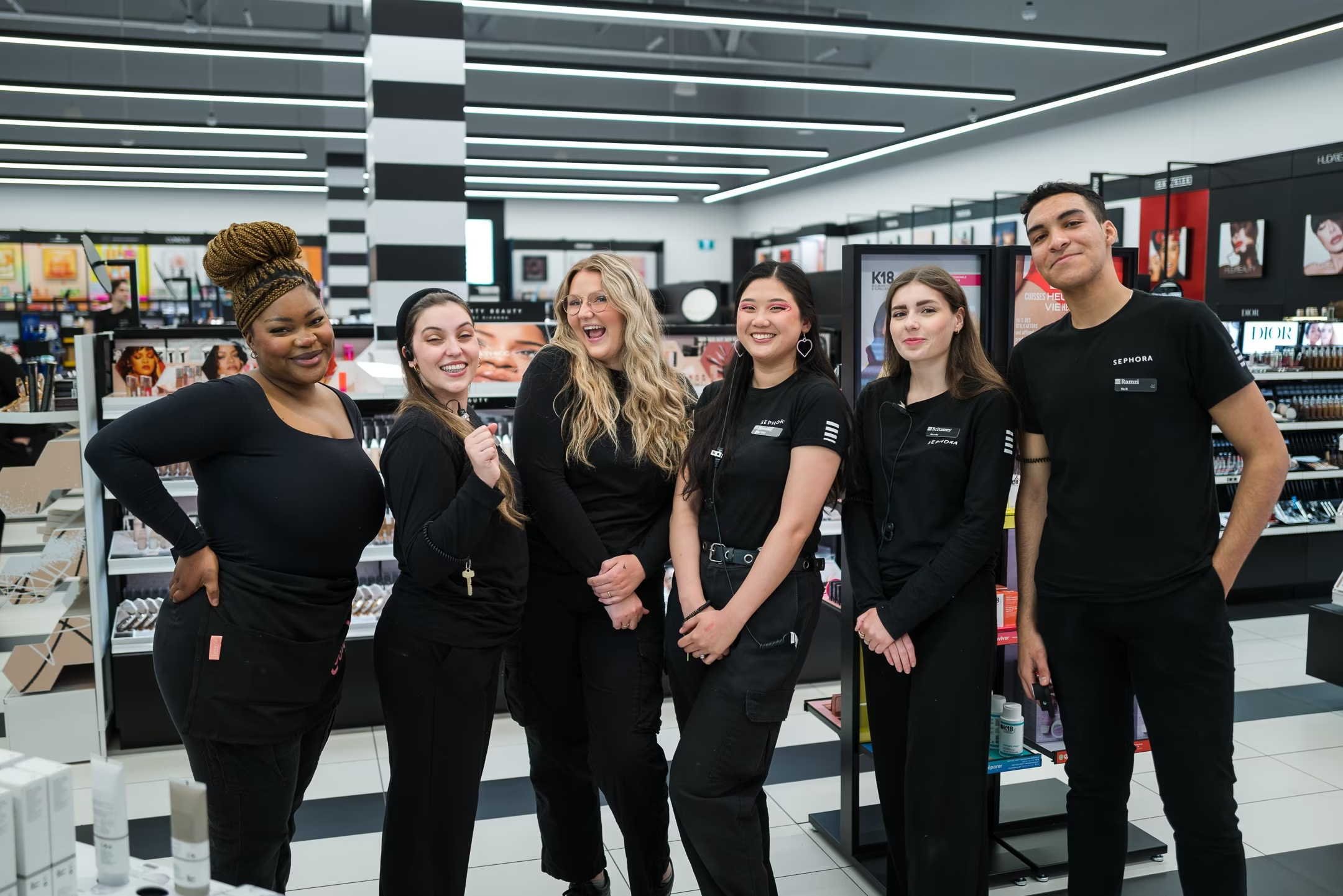
 By
Your Beauty Plug
By
Your Beauty Plug
Sephora is one of the most popular beauty retailers in the world, offering a wide range of products from makeup, skincare, haircare, fragrance, and more. But did you know that not every product that you see on the shelves or online is actually safe or good for you? In fact, Sephora has a list of over 50 ingredients that are banned from its products, meaning that they are either harmful, controversial, or unnecessary for your beauty routine. These ingredients are also known as the “Clean at Sephora” standards, which Sephora launched in 2018 to help customers find products that are free of these unwanted ingredients.
But what are these banned ingredients, and why are they bad for you? How can you avoid them, and what are some alternatives that you can use instead? In this blog post, we will answer these questions and more, so that you can make informed and smart choices when shopping at Sephora. Let’s get started!
The banned ingredients at Sephora are a list of over 50 substances that Sephora considers to be harmful, controversial, or unnecessary for your beauty products. Some of these ingredients are well-known toxins, such as parabens, sulfates, phthalates, formaldehyde, oxybenzone, triclosan, triclocarban, coal tar, hydroquinone, lead, mercury, aluminum salts, DEA/TEA/MEA/ETA, and more. These ingredients can cause various health problems, such as skin irritation, allergic reactions, hormonal disruption, cancer, and environmental damage.
Other ingredients are less obvious, but still problematic, such as undisclosed synthetic fragrances, animal oils, musks and fats, carbon black, talc, toulene, retinyl palmate, butylated hydroxyanisole, nanoparticles as defined by European Union guidelines, certain types of styrene and phenoxyethanol above a 1 percent concentration. These ingredients can have negative effects on your skin, such as clogging pores, causing acne, aging, inflammation, and sensitivity. They can also be unethical, such as animal-derived ingredients that may involve animal cruelty or exploitation.
Sephora updates its list of banned ingredients regularly, based on the latest scientific research and customer feedback. You can find the full list of banned ingredients on Sephora’s website, or look for the “Clean at Sephora” seal on the product packaging or online description. This seal indicates that the product meets Sephora’s standards and does not contain any of the banned ingredients.
These ingredients are banned at Sephora because they are either harmful, controversial, or unnecessary for your beauty products. Sephora wants to provide its customers with products that are safe, effective, and ethical, and that do not compromise their health or the environment. Sephora also wants to educate its customers about the ingredients that they are putting on their skin, and empower them to make informed and smart choices.
Sephora is not the only retailer that has banned certain ingredients from its products. Other retailers, such as Credo, Follain, The Detox Market, and Beautycounter, have similar standards and lists of banned ingredients. These retailers are part of the “clean beauty” movement, which is a growing trend in the beauty industry that focuses on natural, organic, and non-toxic ingredients. The clean beauty movement is driven by consumer demand, as more and more people are becoming aware of the potential dangers of conventional beauty products, and are looking for safer and greener alternatives.
However, it is important to note that there is no official or legal definition of what “clean beauty” means, and that different retailers may have different criteria and standards for their products. There is also no regulation or oversight from the government or any third-party organization that verifies or certifies the claims of these products. Therefore, it is up to the consumers to do their own research and check the labels and ingredients of the products that they buy, and not rely solely on the marketing or branding of the products.
The easiest way to avoid these ingredients at Sephora is to look for the “Clean at Sephora” seal on the product packaging or online description. This seal indicates that the product meets Sephora’s standards and does not contain any of the banned ingredients. You can also filter your search results by the “Clean at Sephora” category, or browse the dedicated section of the website or the store that features only clean products.
Another way to avoid these ingredients at Sephora is to read the ingredient list of the product carefully, and look for any of the banned ingredients. You can also use online tools, such as EWG’s Skin Deep Database, Think Dirty App, or INCI Decoder, to check the safety and rating of the ingredients. These tools can help you identify any potentially harmful or controversial ingredients, and provide you with more information and alternatives.
However, keep in mind that not every ingredient that is not on the banned list is automatically good or safe for you. Some ingredients may still cause allergic reactions, irritation, or sensitivity, depending on your skin type, condition, and preference. Some ingredients may also have conflicting or inconclusive evidence about their safety or efficacy, and may require more research or caution. Therefore, it is always best to patch test any new product before using it, and consult your dermatologist or doctor if you have any concerns or questions.
If you want to avoid the banned ingredients at Sephora, you have plenty of alternatives that you can use instead. Sephora offers a wide range of clean products from various brands, such as Drunk Elephant, Biossance, Farmacy, Youth to the People, Herbivore, Tata Harper, Ilia, Kosas, RMS Beauty, and more. These brands use natural, organic, and non-toxic ingredients, and are often vegan, cruelty-free, gluten-free, and eco-friendly. You can find products for every category, such as cleansers, toners, serums, moisturizers, masks, exfoliators, sunscreens, foundations, concealers, mascaras, lipsticks, and more.
You can also explore other retailers that specialize in clean beauty, such as Credo, Follain, The Detox Market, and Beautycounter. These retailers have similar or stricter standards and lists of banned ingredients, and offer products from niche or indie brands that you may not find at Sephora. Some examples of these brands are Ursa Major, Indie Lee, Osea, Josh Rosebrook, Kypris, Vapour, Kjaer Weis, W3ll People, and more.
You can also make your own beauty products at home, using natural and simple ingredients that you can find in your kitchen or garden. For example, you can make a face mask with honey, yogurt, and oatmeal, a toner with apple cider vinegar and water, a moisturizer with coconut oil and aloe vera gel, a scrub with sugar and olive oil, a lip balm with beeswax and shea butter, and more. You can find many recipes and tutorials online, or experiment with your own combinations. However, be careful with the ingredients that you use, and make sure that they are fresh, clean, and suitable for your skin. You should also store your homemade products properly, and use them within a short period of time, as they may not have preservatives or stabilizers that prevent them from spoiling or going bad.
A: There is no official or legal definition of what “clean” or “natural” beauty products mean, and different retailers may have different criteria and standards for their products. However, generally speaking, “clean” beauty products are products that do not contain any harmful, controversial, or unnecessary ingredients, such as toxins, allergens, irritants, or fillers. “Natural” beauty products are products that are made from natural sources, such as plants, minerals, or animals, and do not contain any synthetic or artificial ingredients. However, not every clean product is natural, and not every natural product is clean. For example, some natural ingredients may still be harmful, such as poison ivy or arsenic, and some synthetic ingredients may still be safe, such as hyaluronic acid or vitamin C. Therefore, it is important to check the ingredient list of the product, and not rely solely on the marketing or branding of the product.
A: Not necessarily. The effectiveness of a beauty product depends on many factors, such as the formulation, concentration, delivery, compatibility, and personal preference of the product. Some clean products may be better or more effective than conventional products, and vice versa. Some clean products may work well for some people, and not for others. Some conventional products may have proven results, and some may not. Therefore, it is important to do your own research, and try different products to see what works best for you and your skin.
A: The easiest way to tell if a product is “clean” or not on the banned list, and look for the “Clean at Sephora” seal on the product packaging or online description. This seal indicates that the product meets Sephora’s standards and does not contain any of the banned ingredients. You can also use online tools, such as EWG’s Skin Deep Database, Think Dirty App, or INCI Decoder, to check the safety and rating of the ingredients. These tools can help you identify any potentially harmful or controversial ingredients, and provide you with more information and alternatives.
However, keep in mind that not every ingredient that is not on the banned list is automatically good or safe for you. Some ingredients may still cause allergic reactions, irritation, or sensitivity, depending on your skin type, condition, and preference. Some ingredients may also have conflicting or inconclusive evidence about their safety or efficacy, and may require more research or caution. Therefore, it is always best to patch test any new product before using it, and consult your dermatologist or doctor if you have any concerns or questions.
If you want to avoid the banned ingredients at Sephora, you have plenty of alternatives that you can use instead. Sephora offers a wide range of clean products from various brands, such as Drunk Elephant, Biossance, Farmacy, Youth to the People, Herbivore, Tata Harper, Ilia, Kosas, RMS Beauty, and more. These brands use natural, organic, and non-toxic ingredients, and are often vegan, cruelty-free, gluten-free, and eco-friendly. You can find products for every category, such as cleansers, toners, serums, moisturizers, masks, exfoliators, sunscreens, foundations, concealers, mascaras, lipsticks, and more.
You can also explore other retailers that specialize in clean beauty, such as Credo, Follain, The Detox Market, and Beautycounter. These retailers have similar or stricter standards and lists of banned ingredients, and offer products from niche or indie brands that you may not find at Sephora. Some examples of these brands are Ursa Major, Indie Lee, Osea, Josh Rosebrook, Kypris, Vapour, Kjaer Weis, W3ll People, and more.
You can also make your own beauty products at home, using natural and simple ingredients that you can find in your kitchen or garden. For example, you can make a face mask with honey, yogurt, and oatmeal, a toner with apple cider vinegar and water, a moisturizer with coconut oil and aloe vera gel, a scrub with sugar and olive oil, a lip balm with beeswax and shea butter, and more. You can find many recipes and tutorials online, or experiment with your own combinations. However, be careful with the ingredients that you use, and make sure that they are fresh, clean, and suitable for your skin. You should also store your homemade products properly, and use them within a short period of time, as they may not have preservatives or stabilizers that prevent them from spoiling or going bad.
A: There is no official or legal definition of what “clean” or “natural” beauty products mean, and different retailers may have different criteria and standards for their products. However, generally speaking, “clean” beauty products are products that do not contain any harmful, controversial, or unnecessary ingredients, such as toxins, allergens, irritants, or fillers. “Natural” beauty products are products that are made from natural sources, such as plants, minerals, or animals, and do not contain any synthetic or artificial ingredients. However, not every clean product is natural, and not every natural product is clean. For example, some natural ingredients may still be harmful, such as poison ivy or arsenic, and some synthetic ingredients may still be safe, such as hyaluronic acid or vitamin C. Therefore, it is important to check the ingredient list of the product, and not rely solely on the marketing or branding of the product.
A: Not necessarily. The effectiveness of a beauty product depends on many factors, such as the formulation, concentration, delivery, compatibility, and personal preference of the product. Some clean products may be better or more effective than conventional products, and vice versa. Some clean products may work well for some people, and not for others. Some conventional products may have proven results, and some may not. Therefore, it is important to do your own research, and try different products to see what works best for you and your skin.
A: The easiest way to tell if a product is “clean” or not is to look for the “Clean at Sephora” seal on the product packaging or online description. This seal indicates that the product meets Sephora’s standards and does not contain any of the banned ingredients. You can also filter your search results by the “Clean at Sephora” category, or browse the dedicated section of the website or the store that features only clean products.
Another way to tell if a product is “clean” or not is to read the ingredient list of the product carefully, and look for any of the banned ingredients. You can also use online tools, such as EWG’s Skin Deep Database, Think Dirty App, or INCI Decoder, to check the safety and rating of the ingredients. These tools can help you identify any potentially harmful or controversial ingredients, and provide you with more information and alternatives.
However, keep in mind that not every ingredient that is not on the banned list is automatically good or safe for you. Some ingredients may still cause allergic reactions, irritation, or sensitivity, depending on your skin type, condition, and preference. Some ingredients may also have conflicting or inconclusive evidence about their safety or efficacy and may require more research or caution. Therefore, it is always best to patch test any new product before using it and consult your dermatologist or doctor if you have any concerns or questions.
I hope this blog post has helped you learn more about every banned Sephora product, and why you should avoid them. If you have any questions or comments, please feel free to leave them below. Thank you for reading, and happy shopping!

